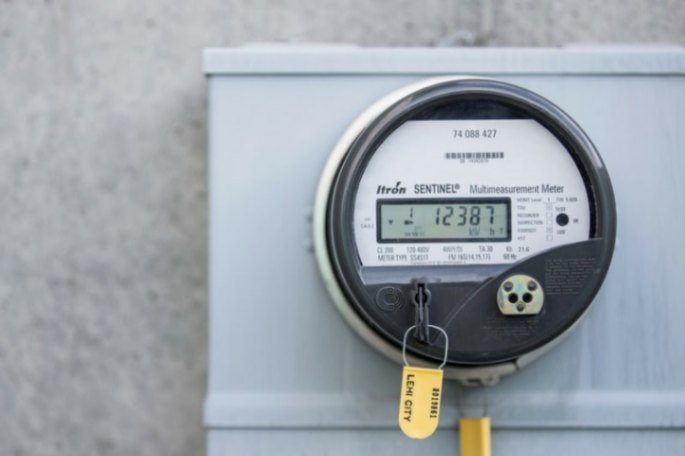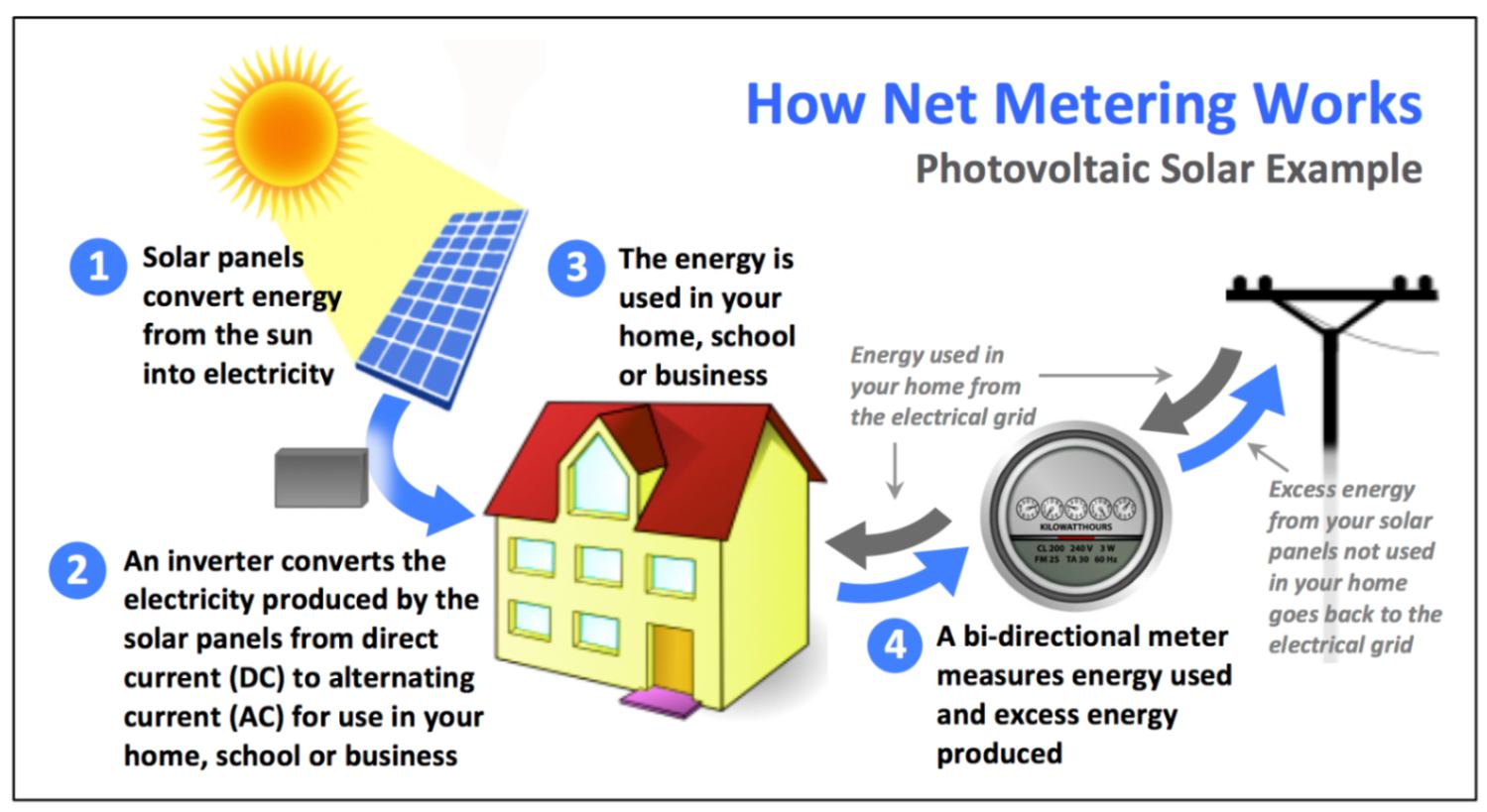Solar Net Metering: Concept, Explanation, and Advantages of Net Metering in India

Opting for solar power comes with its own set of questions and doubts in the mind of the solar user. There are three questions that people ask us at some point in time on their journey of switching to solar.
- How will I get electricity at night from the solar panels?
- Isn’t keeping a solar battery very maintenance-heavy?
- If my panels generate more electricity than I consume, will it be wasted?
These are pretty valid concerns, but luckily, there is one answer to all these queries - Net Metering. Let us understand what it is, how it works, and what are its benefits.
What Is Net Metering
The concept of net metering refers to the mechanism which allows commercial, domestic, or industrial users who generate electricity on their own by using wind energy, solar panels, or photovoltaic systems to send their excess electricity back into the grid. Simply put, net metering allows renewable energy users to pay only for the net electricity they use from the grid or even earn revenue if they send back more electricity into the grid than they take from it.
Solar Net Metering

Solar net metering specifically applies to users and producers of solar electricity. Net metering does not apply to off-grid or stand-alone solar systems. However, the solar systems that are connected to the main grid can send back excess power produced by their solar panels into the main grid. During times when the solar panels can’t generate enough energy to cater to the demand, like in cloudy weather or during night time, the user can make up for the shortfall by using electricity from the grid. For solar net metering in India, you will earn credits at a rate decided by the state.
For example, if your rooftop solar generates 800 units of electricity in a month and your power consumption for the month is 700 units. Then at the end of the month, you will get credits worth 800-700 = 100 units at the rate determined by the state electricity board.
Solar Net Metering System
When you sign up for a net metering policy, a new net metering system will be put in place by your energy supplier. Usually, to sign up for solar net metering, you will have to fill up a net metering application form. Once approved, the regional electricity board will replace your unidirectional meter, which measures only consumption, with a bidirectional meter, which measures both export and import of electricity. It also calculates the differential, or the net amount of electricity used, and hence is called a net meter.

(Solar net metering wiring diagram)
Advantages of Solar Net Metering
- No Wastage of Power: Net metering works to help the user to use the grid as a giant storage battery. The excess electricity is fed into the grid which means that unused power is not wasted but
- Uninterrupted Supply at Night: As the user is connected with the grid, there is no interruption in electricity during night time when solar output is low as the demand is fulfilled by the main grid. In a way whatever excess electricity that the user feeds to the grid during the day, they can consume those units at night. Thus, the user only ends up paying for the net consumption of units.
- Battery Cost Eliminated: There is no need to buy expensive solar batteries and pay for their maintenance. Not having to buy expensive battery storage solutions and send any excess electricity units to the grid and collect it whenever we need it during evening/night allows us to treat the grid as a battery backup.
- Opportunity To Earn Revenue: One of the lucrative applications of net metering is that it provides an opportunity to earn revenue to the user for the surplus electricity produced.
Net Metering vs Gross Metering
Net metering, quite simply as evident in the name, measures the net amount of electricity consumed by the user. Thus depending on the usage and solar power generation, the user either has to pay a lesser electricity bill or even earn revenue. On the other hand, in gross metering, the user can not use the electricity generated by their solar system for their personal use. They can however earn revenue by exporting the electricity generated to the main power grid.
Solar Net Metering in India
The concept of net metering was introduced in India to provide an incentive for people to switch to solar energy and thus boost the use of renewable energy in India. Successful implementation of net metering will go a long way in meeting the ambitious target 40 GW installed rooftop solar capacity.
Net monitoring policy in India varies significantly depending on the state. However, the pressure and lobbying from DISCOMs who do not want to lose high paying premium customers, has severely hampered the evolution of a robust net metering policy in Indian states. Net metering in Maharashtra, Gujrat, Tamil Nadu, UP, Haryana, and other states comes with an upper limit on the system size, set at usually a maximum of 1 MW. The payback rates are also somewhat lower than the retail cost of electricity. Moreover, the red-tapism and rigid and slow approval process is also an issue faced by many users.
Team Unergia Is Here To Help
At Unergia, we ensure that the user gets the most streamlined and hassle-free solar installation experience. We shift the burden of bargaining from the customer to the seller where installers compete with each other to provide the best services at the lowest possible price. Our installers take care of the tedious government paperwork as taking care of the peace of mind of our customers is our utmost priority. Have any queries? Feel free to drop a text and we will get in touch.
 Unergia
Unergia